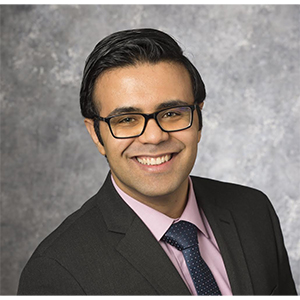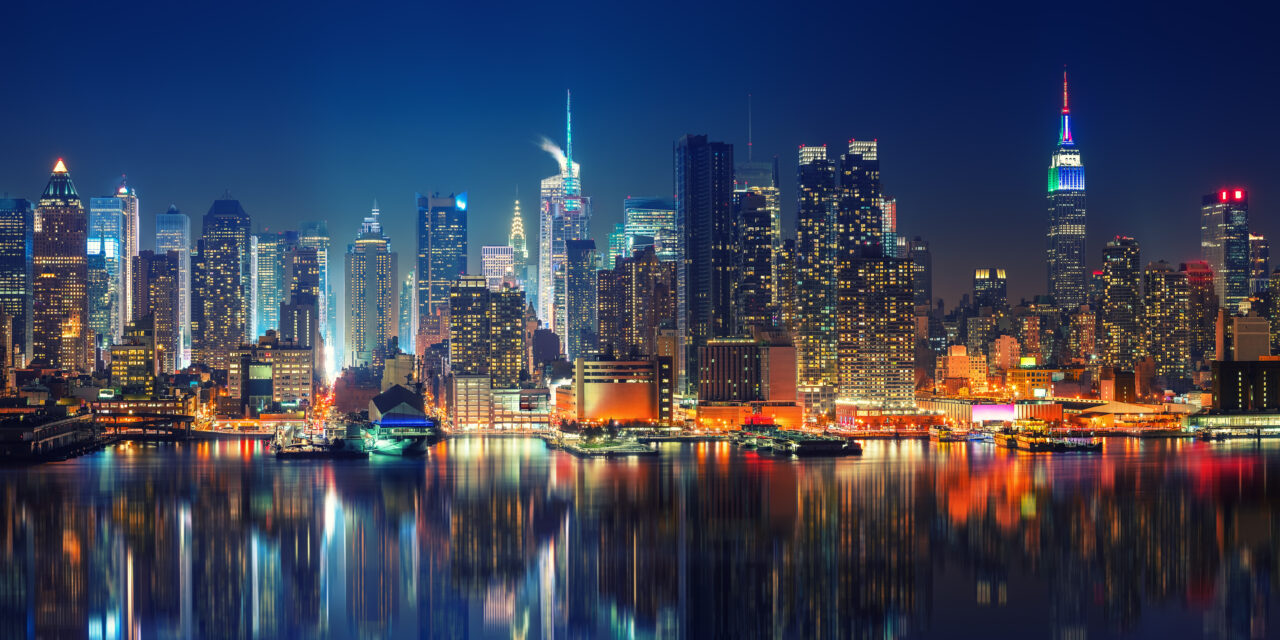Smart cities sound like science fiction, but they’re transforming communities across America in 2025. From San Jose to New York, engineers are building interconnected urban systems that optimize everything from traffic flow to energy consumption. These aren’t futuristic concepts, they’re operational realities reshaping how we live, work and move through our cities.

Dr. Saeed Manshadi, Assistant Professor, SDSU College of Engineering
Dr. Saeed Manshadi, an assistant professor in San Diego State University’s College of Engineering, has been at the forefront of smart city development, focusing on the critical infrastructure that makes these urban innovations possible. His expertise in power systems and renewable energy integration provides unique insights into how engineering solutions are creating more sustainable, efficient cities today.
The Engineering Foundation of Smart Cities
What transforms an ordinary city into a “smart” one? According to Manshadi, it’s all about connectivity. “Connectivity enables optimized operational planning for interdependent infrastructure,” he explains. This means traffic lights communicate with emergency vehicles, water systems coordinate with waste management, and energy grids respond dynamically to demand patterns.
Modern smart cities rely on interconnected systems that share real-time data to make split-second decisions. Traffic management systems reduce congestion by analyzing patterns and adjusting signal timing. Waste collection routes optimize based on sensor data from bins throughout the city. Water distribution networks monitor pressure and quality continuously, preventing problems before they occur. These systems work together to create a web of urban intelligence that responds to citizens’ needs in real time.
Powering the Smart City Revolution
The backbone of any smart city is its power grid, and this is where engineering challenges become most apparent. Manshadi emphasizes that “energizing the transition to smart city requires powering up all automated tasks.” Every smart traffic signal, autonomous vehicle charging station and data center processing urban decisions demands reliable, clean energy.
Electric vehicle infrastructure represents one of the most significant power demands. As cities transition to autonomous driving systems and electric public transit, the energy grid must adapt to support charging stations throughout urban areas. Meanwhile, data centers — the digital brains of smart cities — require constant power to process the massive amounts of information flowing from sensors, cameras and connected devices across the urban landscape.
Smart grids integrate renewable energy sources like solar panels on buildings and wind turbines to create a distributed energy network that’s more resilient than traditional centralized power systems. This shift from bulk generation and long-distance transmission to localized renewable resources represents a fundamental change in how cities power themselves.
Overcoming Implementation Challenges
Despite the promise of smart cities, significant obstacles remain. Manshadi points to regulatory barriers as a major challenge, noting that “safety measures to deploy distributed energy resources impose a huge ‘soft cost’ on the proliferation of such energy supply.”
The aging power grid infrastructure presents another obstacle. Traditional systems designed for one-way power flow from large central plants to consumers can’t easily accommodate the two-way energy flows of modern renewable systems.
“The aging power grid infrastructure cannot address the growing demand using traditional bulk generation and long-distance transmission without unjustifiable and magnificent investment,” Manshadi explains. These challenges require engineers to balance innovation with reliability to ensure that new technologies integrate seamlessly with existing infrastructure while meeting strict safety standards.
Success Story: Borrego Springs Microgrid
Real-world examples demonstrate how smart grid technology benefits communities today. The Borrego Springs microgrid in California showcases the potential of distributed energy systems. This small desert community, previously vulnerable to power outages due to weak transmission infrastructure, now maintains reliable electricity during extreme weather events.
“The microgrid in Borrego Springs is a great example, where the small desert community energy supply was made available during extreme events,” Manshadi said. The system combines solar panels, battery storage and smart controls to provide energy independence while reducing costs and environmental impact.
Looking Forward: Benefits and Opportunities
The future of smart cities extends far beyond technology for its own sake. Manshadi is excited about “the journey to cut costs and carbon emissions in various sectors including energy, transportation and agriculture/food supply.” This comprehensive approach means future generations will benefit from affordable, sustainable and healthy urban environments.
Citizens experience these benefits through enhanced quality of life via automation, smarter infrastructure choices and cleaner, faster, more convenient social interactions. Smart cities promise to make urban living more efficient, sustainable and enjoyable while reducing environmental impact and operational costs.
According to Market.us Scoop, smart cities are anticipated to generate an economic benefit of approximately $20 trillion by 2026. In addition, smart city solutions could enhance cities’ energy efficiency by 30% over two decades. Ultimately, smart cities aim to improve not only residents’ quality of life, but also the world around them.
Smart cities represent more than technological advancement. They embody a fundamental shift toward sustainable urban living. Engineers like Manshadi are designing the infrastructure that will power our cities for decades to come and creating systems that are smarter, more resilient and environmentally responsible. As these technologies continue to evolve, the line between science fiction and reality continues to blur, with smart cities becoming the new standard for urban development across America and the entire world.
Begin Your Computer Engineering Career Today!
Are you ready to join the revolutionary field of engineering now by earning a bachelor’s degree in civil engineering with SDSU Global Campus? Start today to advance your career even further with either a master’s in computer engineering or a master’s in electrical engineering.



